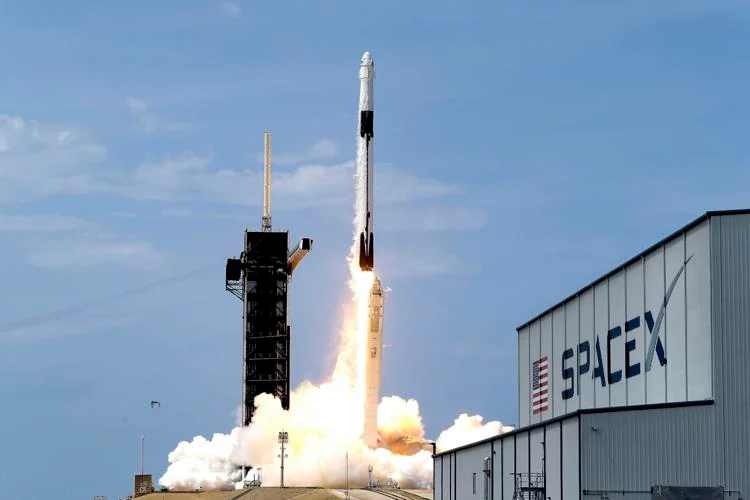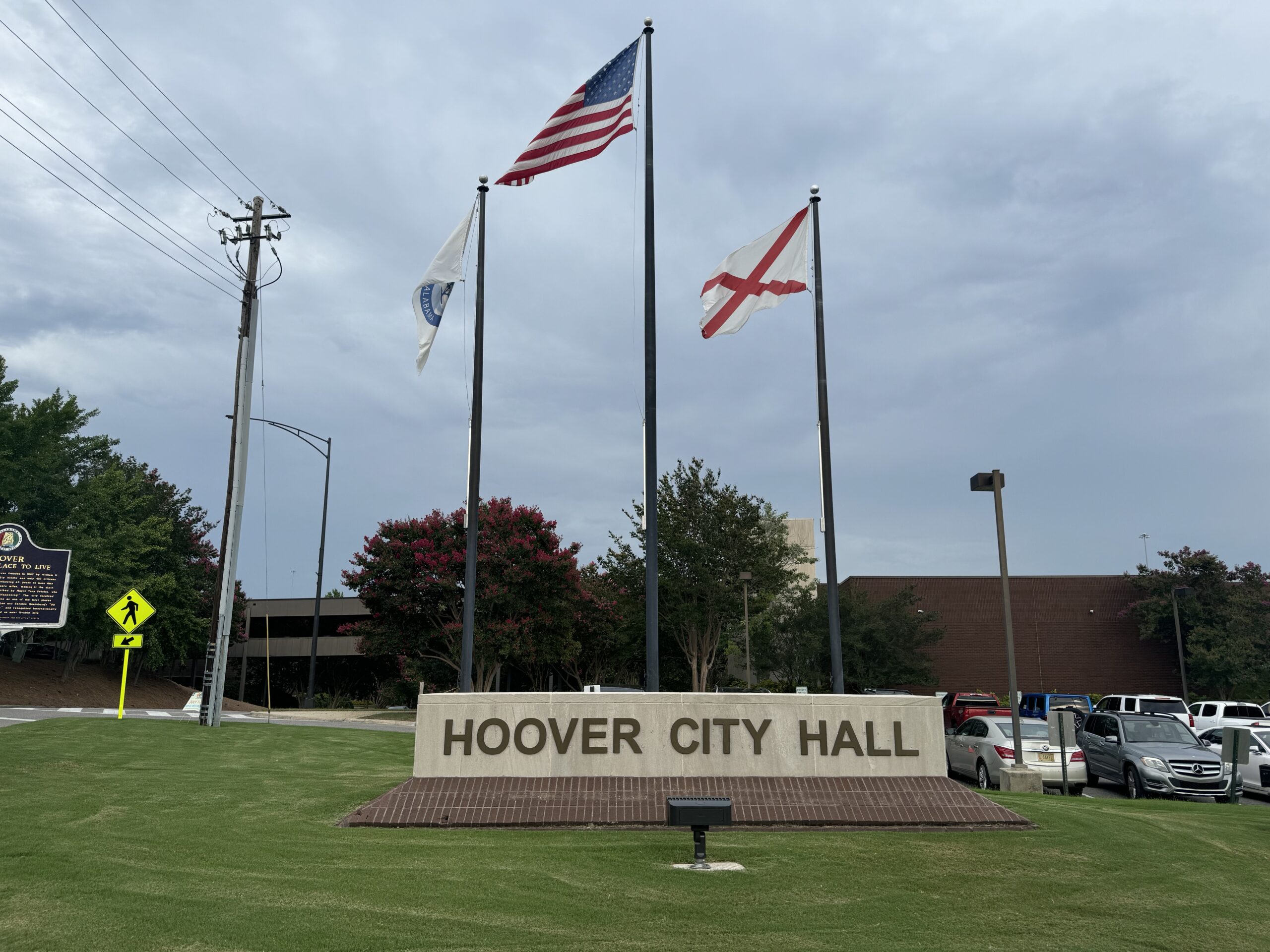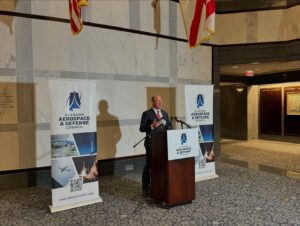At long last, liftoff. On November 16, the Space Launch System (SLS), an immensely powerful rocket, kickstarted a weeks-long round-trip journey to the moon. So far, the Orion capsule perched on the rocket appears on track to approach and orbit the moon. When the spacecraft returns to Earth and splashes into the Pacific in December, the bipartisan backers of the lunar mission will surely hail the endeavor a success. But, the resurgent and unreserved enthusiasm for the National Aeronautics and Space Administration (NASA) reveals a critical flaw in public policy priorities. Rather than championing space exploration at any cost, lawmakers should push for cost-effective missions with private sector involvement. With $30 trillion in debt and counting, now is not the time for another black hole of wasteful spending.
Even if Orion safely hurdles back to Earth, the current unmanned expedition is only one part of a larger sequence of Artemis missions. Once flight paths around the moon are adequately tested via the Orion voyage, the 5.7-million-pound SLS rocket will carry astronauts back to the lunar surface for the first time in more than half a century. The importance of the SLS rocket has certainly not been lost on appropriators. Ten years ago, prevailing opinion at America’s space agency was that the rocket would only take five years to develop and cost “only” $6 billion. Not surprisingly, development costs ballooned to $20 billion, along with a $4 billion per launch bill for taxpayers. As NASA Inspector General (IG) Paul Martin noted in a March meeting of the House Subcommittee on Space and Aeronautics, the per launch price tag is “unsustainable” and “does not include development costs required to get the Artemis program to this point in time.”
SLS rocket costs are only a small quadrant in a wider galaxy of wasteful mission spending. The IG found that NASA has already spent $40 billion to get astronauts back to the moon and will likely spend nearly $100 billion total on the endeavor. Even if this mission is “successful” and astronauts manage to build a lunar base and conduct research free from harm, the goalposts for manned missions will shift at taxpayers’ expense. Combined mission (and settlement) costs to the moon and Mars could easily rival interest payments on the debt – which are projected to grow significantly due to rising expenditures and climbing interest rates.
The exorbitant space exploration bill could be justified if mankind was mired in a sci-fi dystopia and had to leave the Earth pronto. If policymakers got their heads out of the clouds, though, they’d realize that robotic exploration can complete missions at a fraction of manned exploration costs. Cambridge cosmology and astrophysics professor and astronomer royal Martin Rees rightly notes, “the practical case (for human spaceflight) gets weaker and weaker with every advance in robotics and miniaturization.” NASA seems to agree: “[r]obots don’t need to eat or sleep or go to the bathroom. They can survive in space for many years and can be left out there – no need for a return trip!” And prolonged human forays into space are not without their health risks. The risks – ranging from radiation to the psychological impacts of isolation – can squander precious lives and lead to all sorts of mission complications.
That’s not to say that humans should never endeavor toward the stars. But, given the large costs and risks currently thrust on taxpayers, manned exploration makes more sense as a private-sector undertaking. Already, companies are signing up to develop the successor to the International Space Station. There’d surely be an upside in taking private ambitions to the moon and Mars, especially if these celestial bodies could serve as bases for asteroid mining. And naturally, many would pay top-dollar to step foot on an alien world.
Even if these capitalistic aspirations are decades away, there needn’t be any rush to get some thick-soled boots on the ground. In the meantime, NASA should stick with inexpensive unmanned missions and work with lawmakers to keep spending low. Space can be traversed without strapping future generations to a payload of red ink.
David Williams is the president of the Taxpayers Protection Alliance.
Related
Share via:














